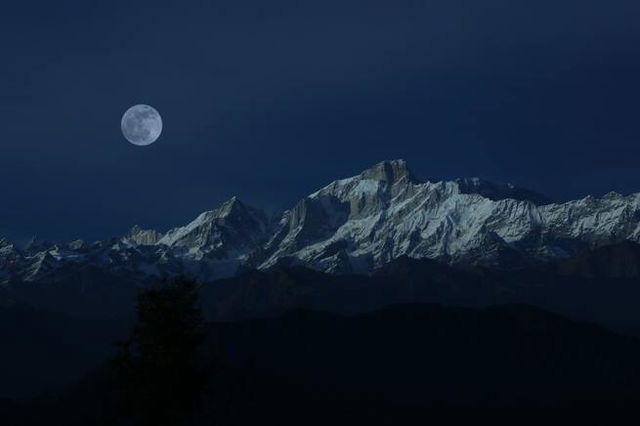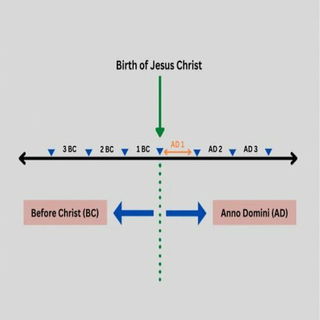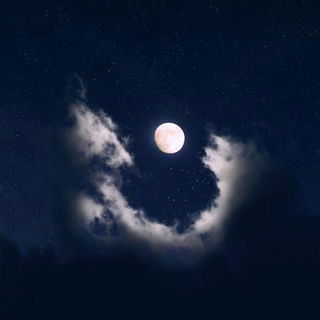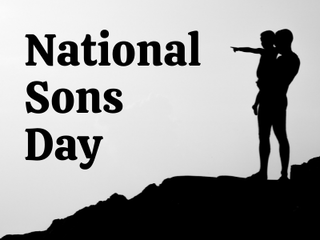The December Full Moon, also known as the Cold Moon, will be observed on December 04, 2025, around 05:14 PM EST. As the name suggests, it is simply the full moon observed in December which marks the arrival of winter in the Northern Hemisphere countries.
The cold moon is usually observed during the Winter solstice (the time of the year when the sun is at a maximum distance from the Northern hemisphere. This results in the shortest day and longest night).

Origin and meaning of the name Cold Moon
The term 'Cold Moon' became popular after Old Farmer's Almanac, a yearly American periodical, used it to refer to the full Moon in December.
In the olden days, most people used to track seasonal changes by observing the moon phases in the sky or using the lunar calendar. The Native Americans did the same and came up with the name Cold Moon because it depicts the cold winter season. Colonial Americans also adopted this name with time.
Upcoming December Full Moons
2026: The full moon will be observed on December 23 at 8:28 PM EST
2027: The full moon will be observed on December 13 at 11:09 AM EST.
2028: The full moon will be observed on December 1 at 8:40 PM EST
2029: The full moon will be observed on December 20 at 5:46 PM. EST
2030: The full moon will be observed on December 9 at 5:40 PM EST.
Cold Moon alternative names and their meaning
Long Night Moon: The Mohicans (Native North American Tribe) were the first people to call the Full Moon in December the Long Night Moon. There were two reasons behind it. First, the Cold Moon is observed at a time of the year when nights are the longest. Secondly, the December Full Moon stays above the horizon for a greater amount of time than the other full moons.
Moon before Yule: This name comes from the ancient Winter festival called Yule which was originally celebrated by the Germanic peoples. The Yuletide festival marks the return of the sun after the Winter Solstice.
Moon when the deer shed their antlers: If you did not know already, a deer can shed and regenerate its antlers completely. They shed their antlers due to certain hormonal changes that usually occur from late November to December. This name was first used by the Dakota tribe (Native American Tribe).
There are some other names obtained from the general weather conditions in winter:
- Drift Clearing Moon
- Frost Exploding Trees Moon
- Oak Moon
- Moon of the Popping Trees
- Snow Moon
- Little Spirit Moon
- Hoar Frost Moon
- Winter Maker Moon
Interesting fact: The Full Moon in December was on the same day as Christmas (25th December) in the year 2015 and will once again be observed on the day of Christmas in 2034.
The December Full Moon is followed by The January Full Moon or Wolf Moon.
Read more about December











